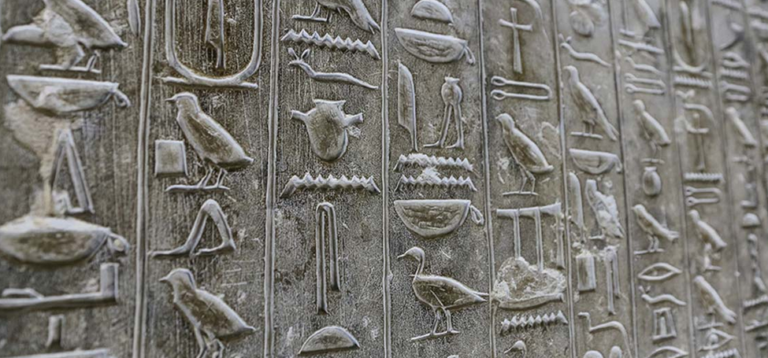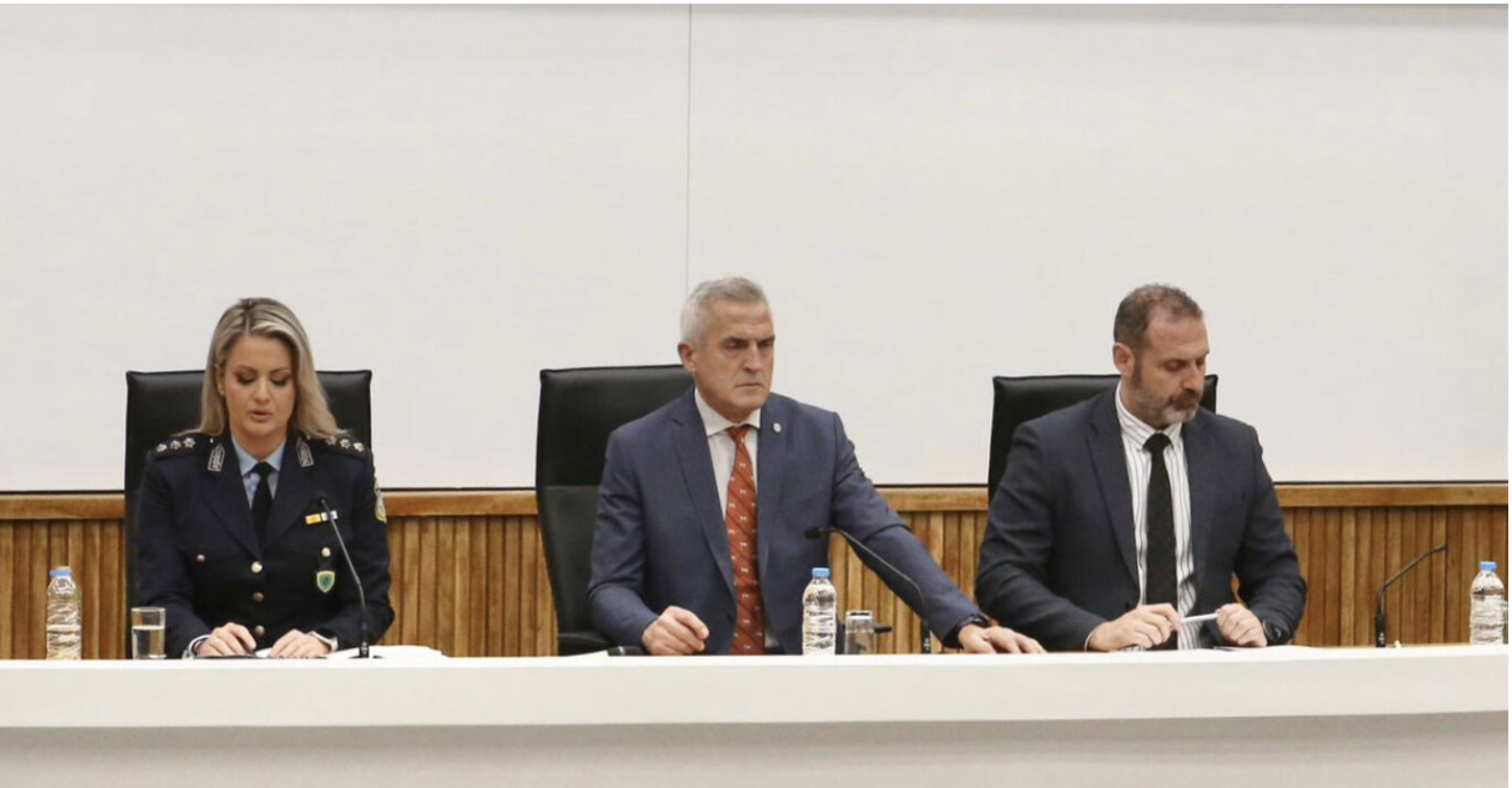There has been a long history of Egyptologists denying that the Egyptians had any mystical doctrines and practices connected with the world of the living, despite everything to the contrary said about them by the ancient Greeks.
Thus, pretty much everything they discovered about Egyptian religion was automatically interpreted as being funerary in nature.
As unlikely as that sounds, this pretty much remains the case today; but in his book Shamanic Wisdom in the Pyramid Texts, author Jeremy Naydler provides convincing evidence that at least some of these texts are unlikely to have been funerary at all.
First discovered in 1881 by Gaston Maspero, the Pyramid Texts were found engraved on the interior tomb walls of kings beginning with Unas—the last pharaoh of the 5th Dynasty (around 2345 BCE)—and continuing through the kings of the 6th Dynasty and all the way up to the reign of King Igby in the 8th Dynasty.
Ex-UK Home Secretary Suella Braverman: Tinkering with a failed plan will not stop the boats
Before Unas, there were no texts on the walls of any Egyptian tombs; nor were any to be found inside the Great Pyramid (around 2550 to 2490 BCE). But even though they first appear on the walls of King Unas tomb, it is most probable that they appeared in oral form much earlier on, possibly in pre-dynastic times.
Continue here: Ancient Origins
Ask me anything
Explore related questions





